Fed Governor Lael Brainard told CNBC that “our monetary policy forward guidance is premised on outcomes not the outlook” Hence, “it is going to be some time before both employment and inflation have achieved the kinds of outcomes that are in that forward guidance.”
She acknowledged that the latest economic forecast is “considerably better outcomes both on growth as well as on employment and inflation.” But she reiterated, “that’s an outlook. We’re going to have to actually see that in the data. When you look at the data, we are still far from our maximum employment goal.”
Brainard also said it’s “really important to recognize” the rise in inflation is “transitory”. “And following those transitory pressures associated with reopening, it’s more likely that the entrenched dynamics that we’ve seen for well over a decade will take over.”




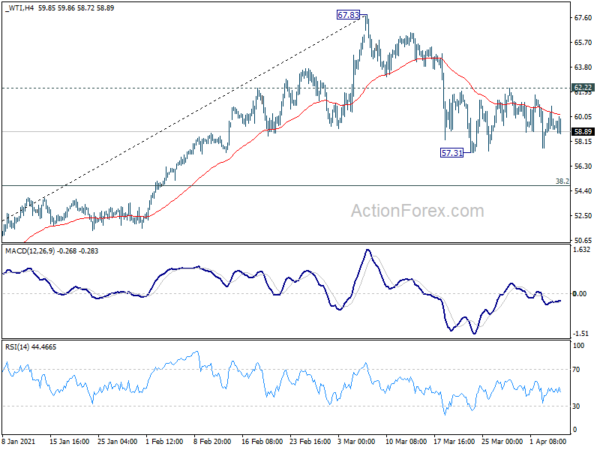
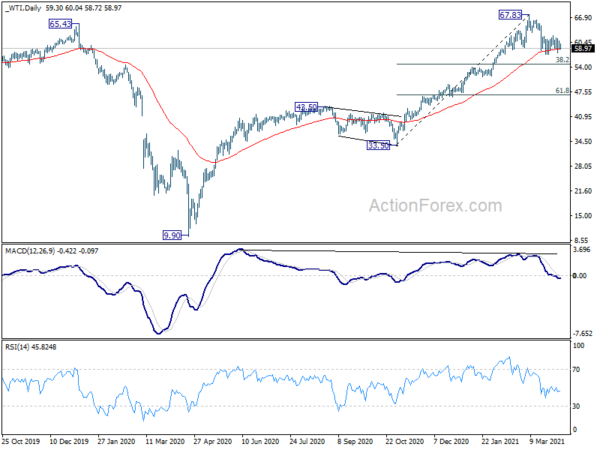
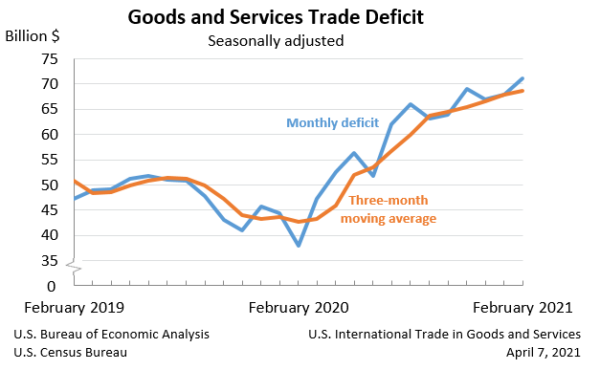
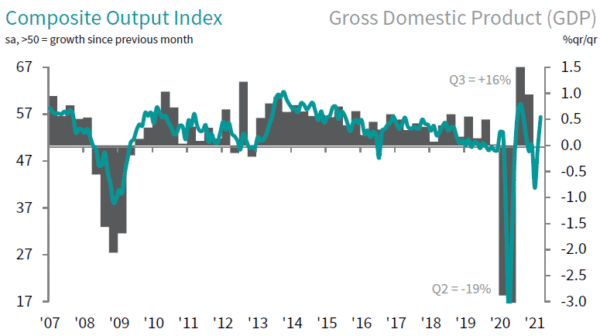
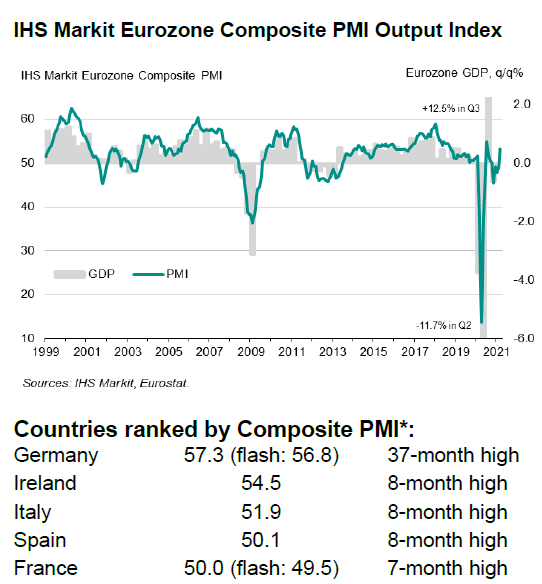
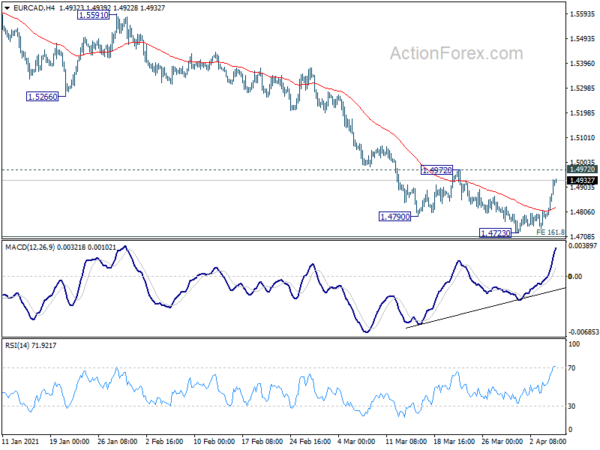
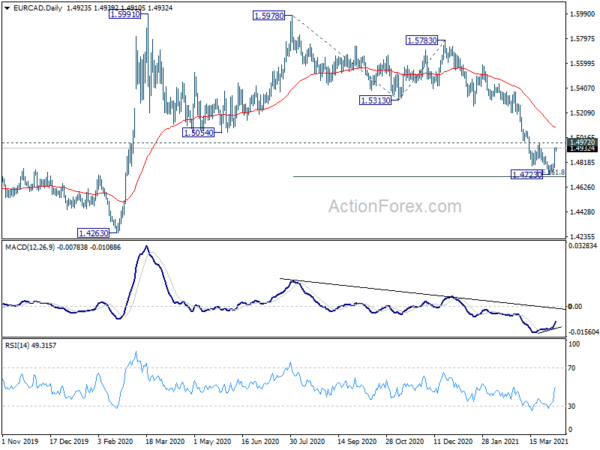
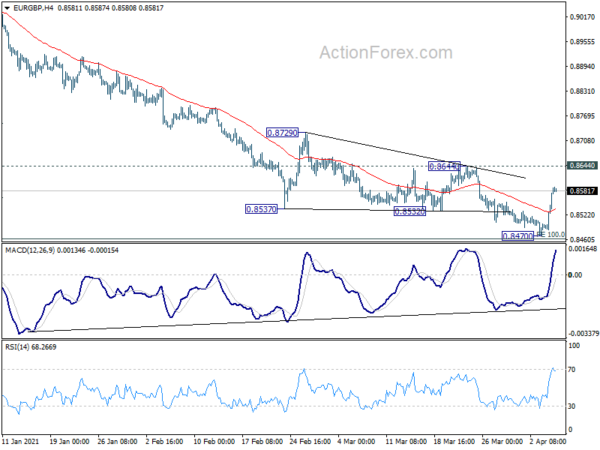
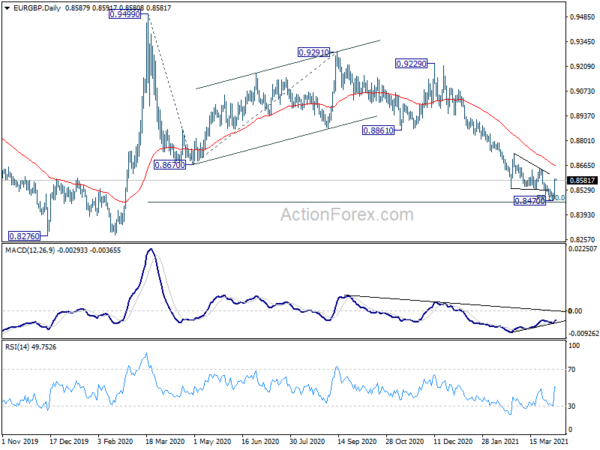
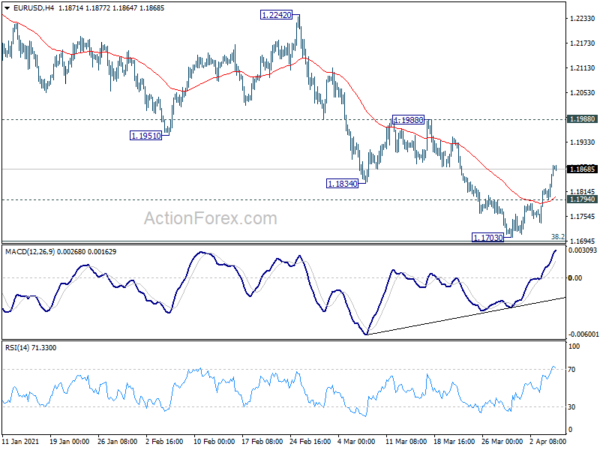
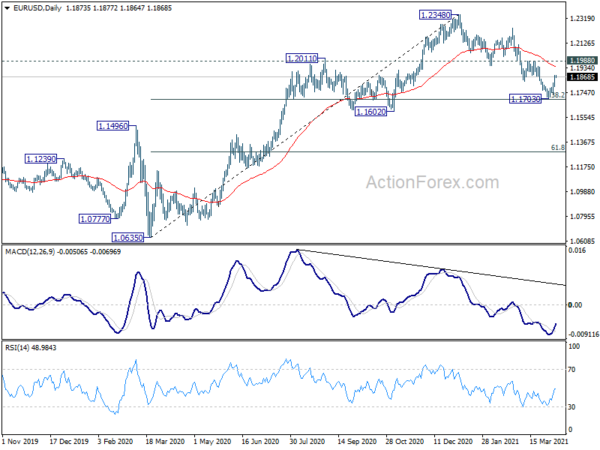

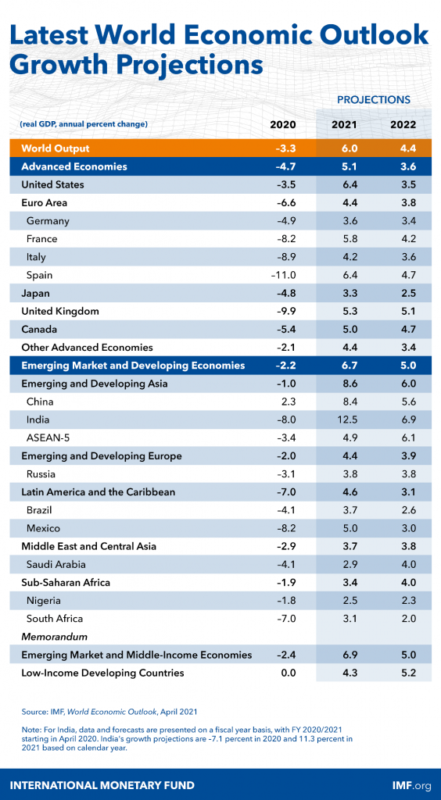
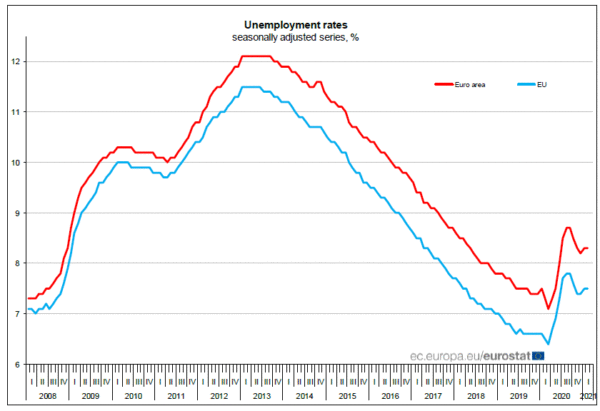
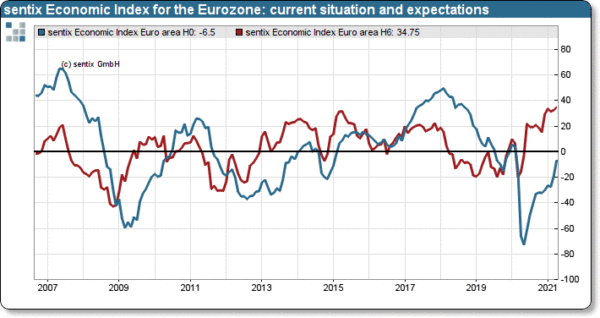
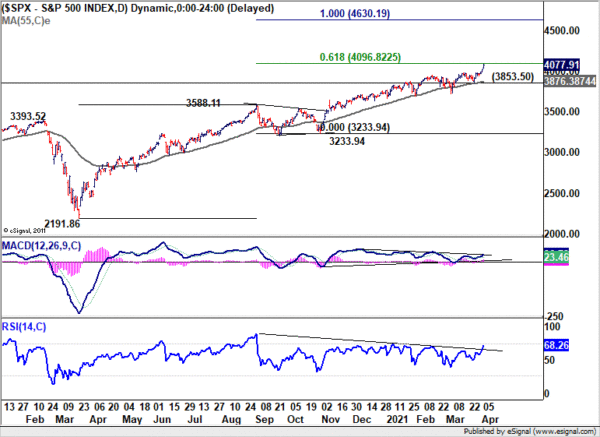
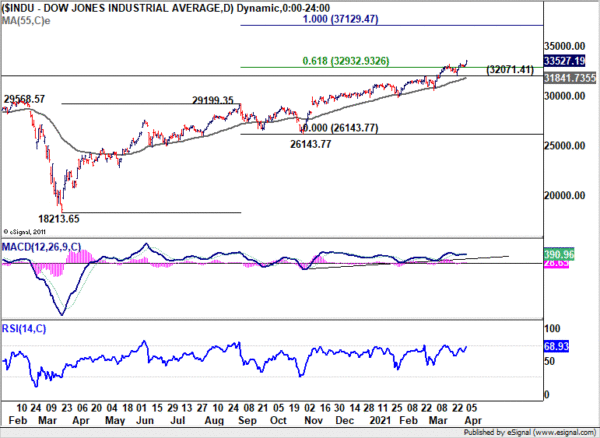


Fed Evans: We have to be patient and bolder on inflation
Chicago Fed President Charles Evans said, “we are going to have to go months and months into the higher inflation experience before I’m going to even have an opinion on whether or not this is sustainable or not, and that’s going to be uncomfortable.”
“We really have to be patient and be willing to be bolder than most conservative central bankers would choose to be if we are going to actually get inflation expectations to move up in a sustainable fashion,” he added.